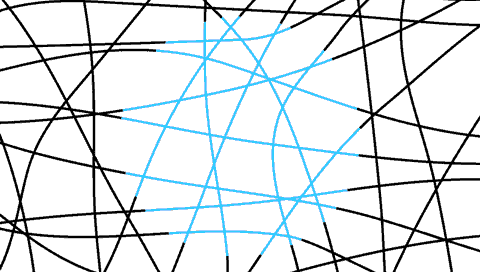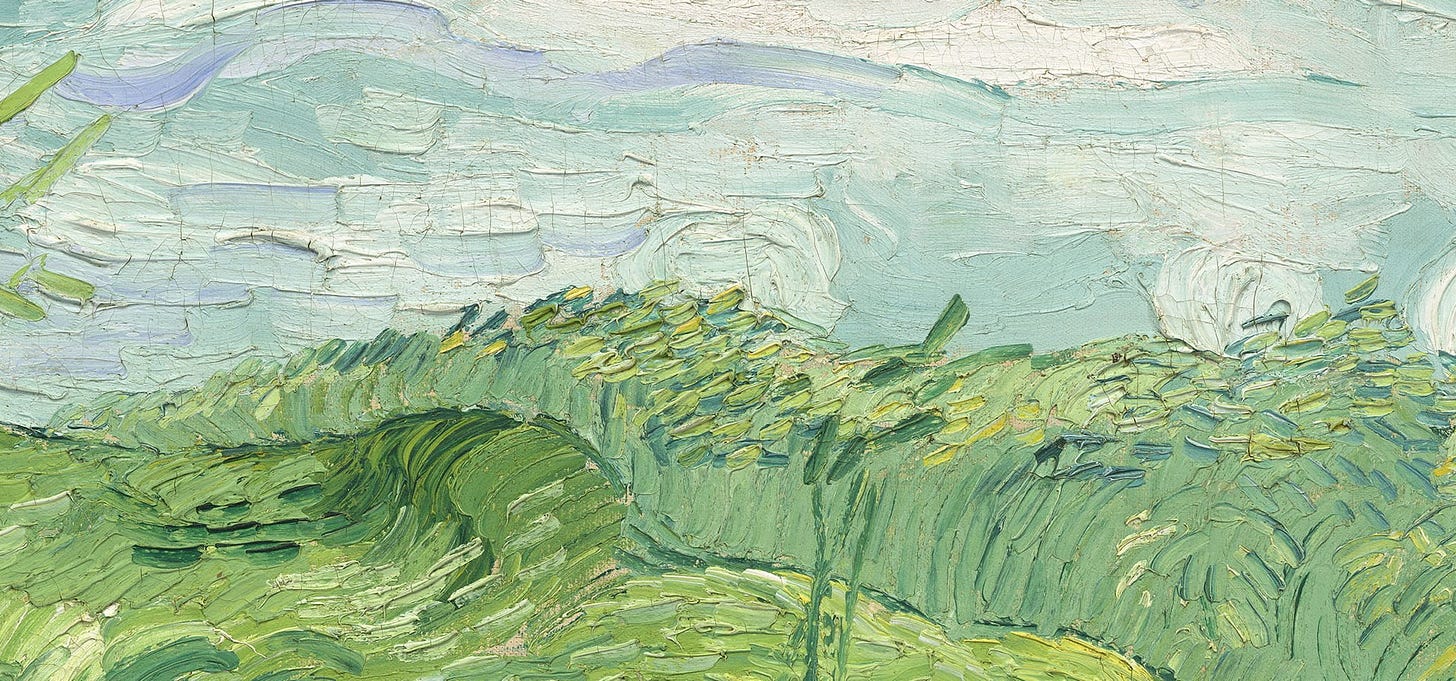.
Human perception—sight, smell, hearing, touch, and more —relies on both bottom-up and top-down processing.
Bottom-up processing
Bottom-up processing refers to sensory information being processed from raw data without relying on prior knowledge, expectations, or biases. Bottom-up processing starts with sensory input and works upward to construct a perception. The following are examples:
When you look at a painting, bottom-up processing involves your brain analyzing the lines, colors, shapes, and textures to construct an understanding of what you are seeing.
When you touch an object for the first time, your brain processes sensations of pressure, texture, temperature, and other tactile qualities to form a perception of the object's properties.
When you taste a new food or beverage, your brain processes sensory inputs from your taste buds to identify basic tastes (sweet, sour, salty, bitter) and combines them to form a perception of the flavor.
Top-down processing
Top-down processing involves forming perceptions based on pre-existing knowledge, expectations, or beliefs. It uses higher-level information such as context, biases, and expectations to interpret lower-level sensory information. The following are examples”
When you see an ambiguous image, your brain interprets it based on past experiences or expectations rather than solely on the visual input.
When listening to someone speak, your brain uses top-down processing to interpret sounds based on your knowledge of the language, along with body and facial expressions, which helps you understand speech even in noisy environments.
Knowing what Waldo looks like and that he is somewhere in the “Where’s Waldo?” picture, you use this information to guide your search.
While top-down processing is important to faster decision-making, it also has downsides. It can lead to mistakes by relying too heavily on past knowledge and may prevent novel ways of thinking, hindering learning and considering alternative answers.
.
Consciousness is top-down dominant
Consciousness refers to being aware of oneself, one’s inner thinking and feeling, environment, and surroundings. It involves perception, self-awareness, and the ability to experience and react to the environment. Consciousness is often described as not merely thinking but thinking about one's thinking. For example, if you are not just perceiving and thinking but also reflecting on your perception and thoughts, you are conscious. If you not only see a red apple but also reflect on how you are seeing and thinking about the apple, you are conscious.
Conscious awareness involves both bottom-up and top-down processes. However, it is predominantly top-down. This dominance is exemplified by the act of thinking about your thinking. This means that your consciousness is subjectively formed by your biases, preconceptions, expectations, culture, language, education, and more. Someone with different biases, cultural background, and experiences will have a different conscious experience. There is no such thing as a conscious awareness that is objective and impartial.
.
Studying consciousness using optical illusions and mice
Optical illusions are valuable for understanding how human brains and senses process information. Optical illusions demonstrate that our perceptions and consciousness are influenced by expectations and biases. With optical illusions, we see what we expect rather than what is there.
Neuroscientists and cognitive scientists investigate the neurological basis of perception and consciousness and have found mice useful in this research. By using different advanced techniques to monitor the brains and senses of mice, they discovered that mice are deceived by some of the same optical illusions that fool humans.
One such illusion is the below neon-color-spreading illusion.
This illusion features patterns of thin lines on a solid background, with parts of these lines in a different color. The brain perceives these lines as part of a solid shape with a distinct border, such as a circle or square. The closed shape also appears brighter than the surrounding lines.
Below is another example of the neon-color-spreading illusion:
There has been ongoing debate about the brain's processes during this illusion. By studying mice, we have learned how it works.
For non-illusion images, mice use the primary or "bottom-up" parts of the visual cortex. However, for optical illusions where the brain adds a false perception, the mice's brains used both the primary and higher-level “top-down” parts of the visual cortex. When use of the higher-level parts of the visual cortex are blocked, the mice do not perceive the optical illusion. This provided further evidence that a higher-level top-down interpretation is required to perceive the illusion.
Dr. Masataka Watanabe, an associate professor in the Department of Systems Innovation at the University of Tokyo who conducted these tests, explained that these tests showed that consciousness is a primarily top-down process.
.
Reference:
Mice Fooled by Optical Illusions: New Insights into Brain Function - Neuroscience News
.








That's interesting. It makes sense that consciousness would be the source of optical illusions because everything we see is an optical illusion.